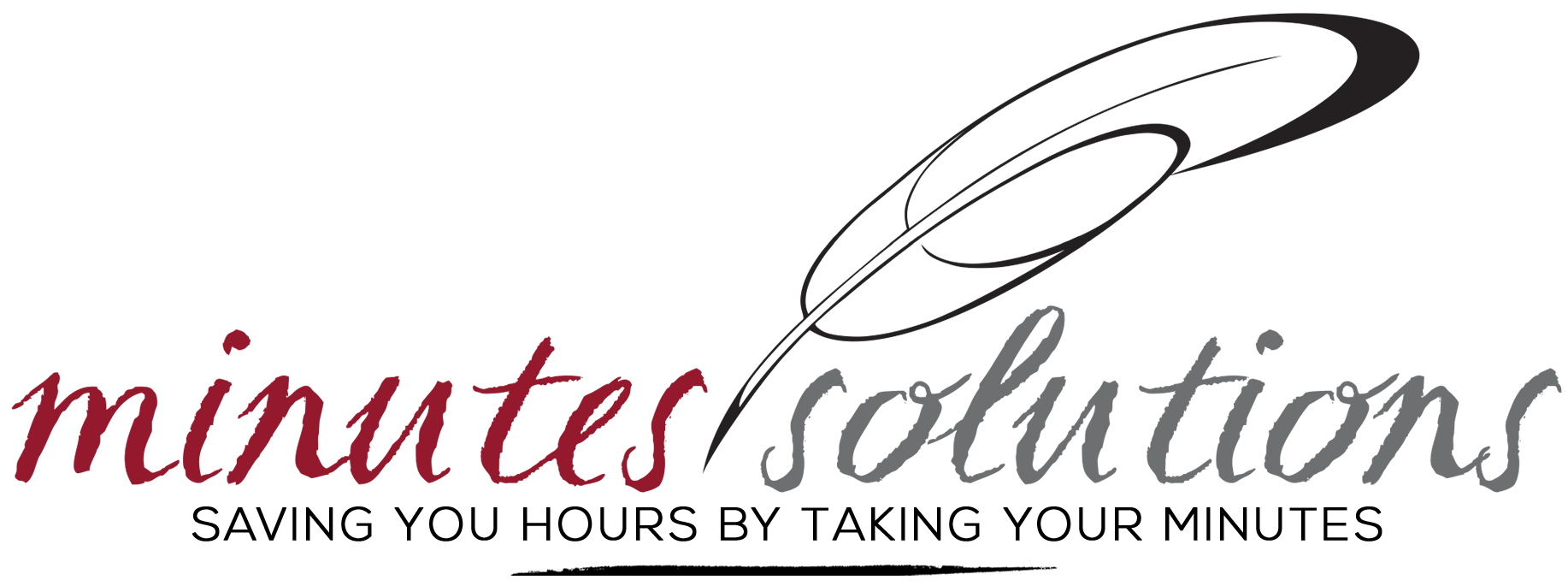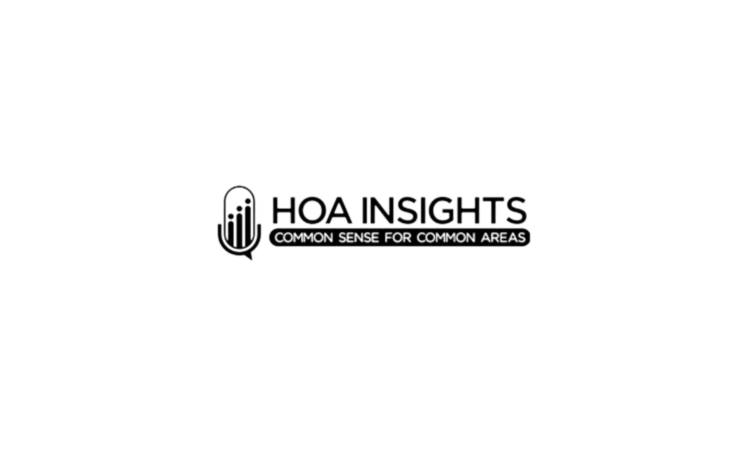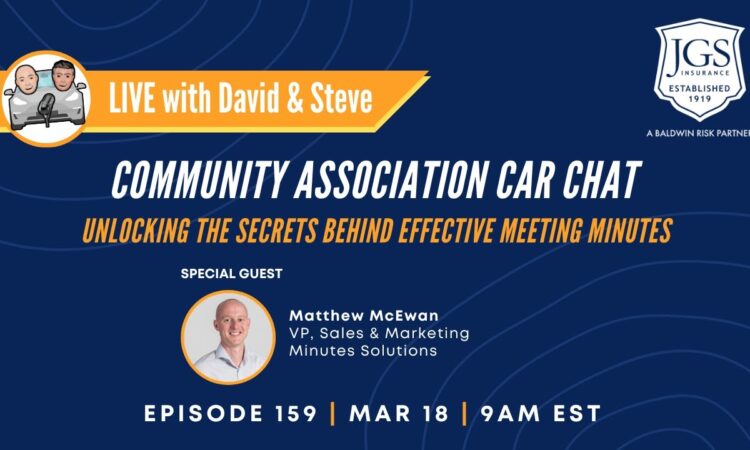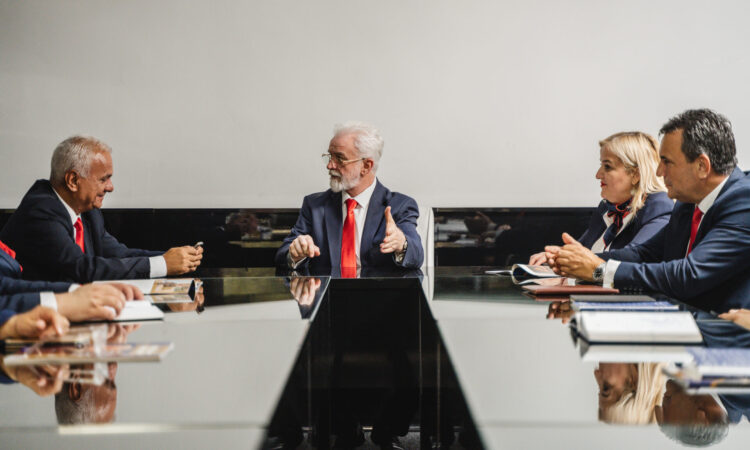Community association boards serve the community by maintaining the quality of life in condominiums, homeowners associations, and cooperatives. They are responsible for the governance and management of the community, ensuring that residents’ needs are met and community standards are upheld. To achieve this, a board must meet regularly to conduct business and make decisions essential for fostering a successful and thriving community. But how often should community association boards meet to fulfill their role? Here are some factors to consider.
Local Laws and Bylaws:
Local laws rarely specify how often board meetings must occur, but it is worth checking the regulations that govern your community association. Some jurisdictions have sunshine laws requiring certain meetings to be open to community members. Additionally, your board’s governing documents, particularly the bylaws, usually outline the minimum number of required meetings. Adhering to these guidelines is essential, as failing to do so undermines the board’s responsibility to maintain proper governance practices. However, boards may need to meet more often based on the specific needs and circumstances of their community.
Age and Size of the Community
The age and size of a community can greatly influence how often board meetings are needed. Newer communities may require more frequent meetings to address initial setup issues, such as establishing governance documents, creating budgets, and addressing new residents’ concerns. In contrast, older communities with established systems may not need to meet as often. Larger communities, with more residents and potentially more issues to manage, might benefit from more frequent board meetings, such as monthly or bi-monthly meetings to ensure all issues are addressed promptly. Smaller communities might find quarterly meetings sufficient to manage their affairs effectively.
Recent Events and Crisis Management
Recent events can significantly impact the need for more consistent board meetings. For instance, a community recovering from a natural disaster, like a hurricane, may require regular meetings to coordinate recovery efforts, manage insurance claims, and communicate with residents. Once the crisis has passed, the meeting schedule can return to normal.
Similarly, when a new board replaces one found to be corrupt or neglectful, more regular meetings are likely necessary to resolve existing issues swiftly, communicate progress to residents, and rebuild community trust. This proactive approach is essential for stabilizing the community and laying the groundwork for long-term improvements.
Level of Community Engagement
In communities where board meetings are open to the public, regular meetings can enhance transparency and trust by providing a platform for residents to voice concerns, ask questions, and stay informed. However, while residents appreciate this opportunity, many do not consistently attend meetings. Therefore, to increase turnout and engagement, boards should maintain a fixed meeting schedule, include agenda items that interest residents, and ensure they follow through on approved decisions.
Benefits of More Regular Meetings
Regular meetings offer several key benefits, including timely decision-making, which prevents issues from escalating or being neglected, especially for maintenance requests, financial planning, and community disputes. They enhance communication among board members and between the board and the community, leading to better understanding and cooperation. Regular meetings also hold board members accountable for their tasks and responsibilities, building trust within the community and keeping members focused. Finally, more regular meetings allow the board to address issues proactively, saving time and resources in the long run.
Balancing Frequency with Efficiency
While it’s important to meet frequently enough to address community needs, boards must also avoid meeting so often that it becomes inefficient. Meetings require time and resources, and overly frequent meetings can lead to burnout among both community managers and board members, reducing productivity. Finding the right balance is essential. Boards should establish a meeting schedule that allows for thorough discussion and decision-making without overwhelming the board members, management team, or the community.
Ultimately, the frequency of meetings should balance the community’s needs and activity level, ensuring effective governance and timely decision-making without risking burnout.










